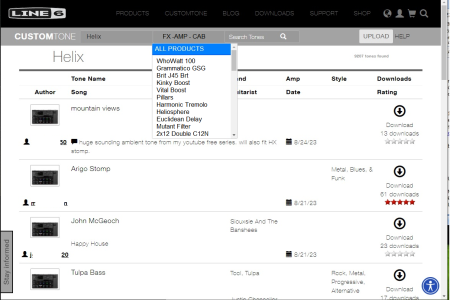James Freeman
Rock Star
- Messages
- 4,299
I wish the Stomp had a digital SPDIF output.
The super low noise guitar input is very useful with all guitar plugins but the huge usb latency not so much, I already have a low latency audio interface with SPDIF input.
Heck, I would buy just the super low noise guitar input in a small box with SPDIF and Optical outputs to use with other interfaces, worth it.
The super low noise guitar input is very useful with all guitar plugins but the huge usb latency not so much, I already have a low latency audio interface with SPDIF input.
Heck, I would buy just the super low noise guitar input in a small box with SPDIF and Optical outputs to use with other interfaces, worth it.

